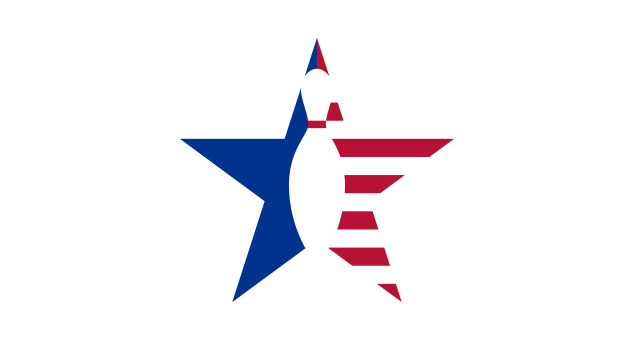Lane oil must meet FDA safety guidelines
November 06, 2009

The United States Bowling Congress will now require that all lane conditioners meet federal safety guidelines before they can be considered for approval and use in USBC-certified competitions.
The new USBC specification requires that manufacturers of lane conditioners confirm with USBC that their products meet the U.S. Food and Drug Administration "Generally Recognized as Safe" (GRAS) standards under the Code of Federal Regulations. The FDA uses GRAS guidelines to test substances such as food additives and chemicals for safe human use or to ensure no ill effects occur if there is human contact with certain chemicals.
"USBC is going the extra mile to protect its bowlers by making certain that the oils used in USBC leagues and tournaments meet strict federal governmental standards," said USBC Technical Director Neil Stremmel. "In this case we want to do our part to help ensure that bowlers are safe if they happen to come in contact with lane oil."
Manufacturers will be responsible for keeping data that shows that their lane conditioners have met GRAS regulations. Only after that requirement has been met can a lane conditioner be tested and approved by USBC for use in its certified leagues and tournaments. This is the first time USBC or its predecessor organizations have created and implemented a specification requiring lane conditioners to meet federal guidelines for safety.
Conditioner, which is commonly referred to as "lane oil," is the clear liquid substance applied by machine to bowling lanes in various patterns to influence the level of challenge in the sport and protect the lane surface.
The GRAS specification comes on the heels of a new specification for the viscosity of lane conditioners USBC set last fall. Working with the Manufacturer Lane Conditioner/Cleaner Task Force, USBC set a specification requiring that lane conditioners used during USBC competition read between 12 and 81 centipoises (the standard unit of measurement for fluids) at 70 degrees Fahrenheit.
The new USBC specification requires that manufacturers of lane conditioners confirm with USBC that their products meet the U.S. Food and Drug Administration "Generally Recognized as Safe" (GRAS) standards under the Code of Federal Regulations. The FDA uses GRAS guidelines to test substances such as food additives and chemicals for safe human use or to ensure no ill effects occur if there is human contact with certain chemicals.
"USBC is going the extra mile to protect its bowlers by making certain that the oils used in USBC leagues and tournaments meet strict federal governmental standards," said USBC Technical Director Neil Stremmel. "In this case we want to do our part to help ensure that bowlers are safe if they happen to come in contact with lane oil."
Manufacturers will be responsible for keeping data that shows that their lane conditioners have met GRAS regulations. Only after that requirement has been met can a lane conditioner be tested and approved by USBC for use in its certified leagues and tournaments. This is the first time USBC or its predecessor organizations have created and implemented a specification requiring lane conditioners to meet federal guidelines for safety.
Conditioner, which is commonly referred to as "lane oil," is the clear liquid substance applied by machine to bowling lanes in various patterns to influence the level of challenge in the sport and protect the lane surface.
The GRAS specification comes on the heels of a new specification for the viscosity of lane conditioners USBC set last fall. Working with the Manufacturer Lane Conditioner/Cleaner Task Force, USBC set a specification requiring that lane conditioners used during USBC competition read between 12 and 81 centipoises (the standard unit of measurement for fluids) at 70 degrees Fahrenheit.





